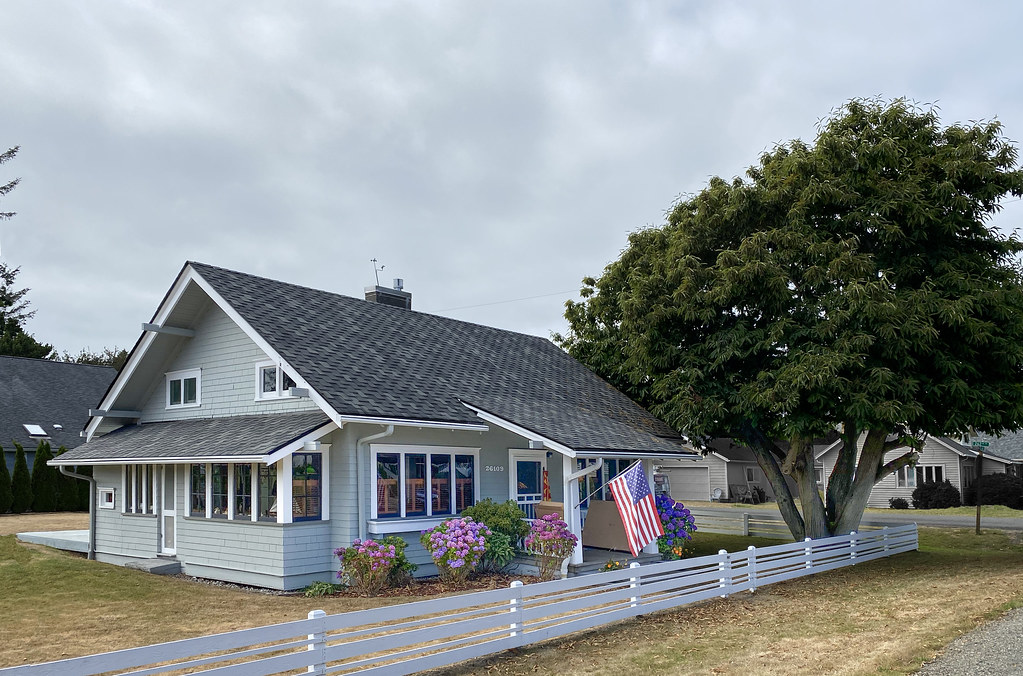Introduction
Greetings, fellow container home enthusiasts! I’m Emily Owens, your trusty guide to all things container homes for the past four years. Over the years, I’ve encountered a plethora of myths and misconceptions about these innovative dwellings. Today, I’m here to debunk some of the most persistent and laughable myths surrounding container homes, with a sprinkle of humor and a dash of real-world examples.
Container Homes Are Claustrophobic
One of the most widespread myths about container homes is that they are claustrophobic, akin to living in a shoebox. Let me assure you, nothing could be further from the truth. Container homes can offer ample space and creativity in design, just like traditional homes.
Example: Take a look at the ‘Crossbox House’ in France, designed by Clément Gillet. This stunning container home features a clever layout that maximizes the use of space, with large windows and an open living area that feels anything but cramped.
Container Homes Are Too Hot in Summer and Cold in Winter
Some skeptics believe that container homes are unbearable in extreme weather conditions. While it’s true that metal conducts heat and cold, container homes can be well-insulated to provide a comfortable living environment year-round.

Example: The “High Cube” container homes in Canada are equipped with high-quality insulation and efficient heating and cooling systems. These homes maintain a cozy temperature throughout the seasons, proving that container homes can be as comfortable as any other house.
Container Homes Are Prone to Rust and Corrosion
Another persistent myth is that container homes will rust away in no time, leaving you with a pile of metal scraps. This misconception stems from the assumption that shipping containers are not designed for long-term habitation.
Example: To combat rust and corrosion, container home builders often use marine-grade steel and rust-resistant coatings. Additionally, proper maintenance, including regular repainting, can keep your container home looking pristine for years, just like the iconic “Caterpillar House” in California.
Container Homes Are Always Cheap
While container homes can be more cost-effective than traditional construction in some cases, they are not always dirt-cheap. Costs can vary widely depending on factors like location, design complexity, and the level of customization.
Example: The “Container City” project in London showcases how container homes can provide affordable housing solutions, but it also demonstrates that the cost-effectiveness depends on careful planning and budgeting.
Container Homes Lack Style and Aesthetics
Some skeptics argue that container homes are all function and no form, lacking the aesthetics of traditional homes. But I’m here to tell you that container homes can be as stylish and visually appealing as any other dwelling.
Example: The “Quik Build” container homes by architect Adam Kalkin prove that container homes can be chic and elegant. With their innovative designs and sleek finishes, these homes are a testament to the creativity that container architecture allows.
Container Homes Are Not Eco-Friendly
Contrary to popular belief, container homes can be quite eco-friendly. Reusing shipping containers helps reduce the demand for new construction materials, and with proper insulation and energy-efficient designs, they can be quite sustainable.

Example: The “Container Guest House” in Texas is not only visually stunning but also eco-friendly. It features a green roof and rainwater harvesting system, demonstrating how container homes can embrace sustainability.
Container Homes Are Not Suitable for Families
Many people assume that container homes are only suitable for singles or couples without children. However, container homes can be designed to accommodate families of all sizes, just like traditional houses.
Example: The “Redondo Beach House” in California is a prime example of a family-friendly container home. This spacious and well-designed dwelling provides ample room for a family to grow and thrive.
Container Homes Are Not Resilient
Some skeptics argue that container homes are not sturdy enough to withstand natural disasters or extreme weather conditions. However, with proper engineering and reinforcement, container homes can be incredibly resilient.
Example: After Hurricane Katrina, a resilient container home in Mississippi remained standing while neighboring traditional homes were destroyed. This example showcases the potential for container homes to be built to withstand the harshest of conditions.
Conclusion
In the world of container homes, myths abound, but hopefully, I’ve shed some light on the truth today. Container homes can be spacious, comfortable, stylish, eco-friendly, and suitable for families. With the right design, materials, and maintenance, these homes can provide a unique and sustainable living experience.
So, if you’re considering the adventure of container home living, don’t let these misconceptions hold you back. Embrace the innovation, creativity, and endless possibilities that container homes have to offer. Happy container home living, everyone!





















Find Us on Socials